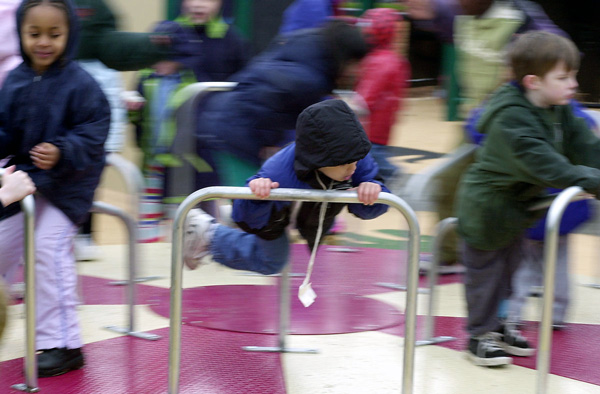Campuses:
Educational Equity: Closing Gaps

"The University must be deeply involved in changing the current trend of inequitable educational opportunities and outcomes. There may be achievement gaps, but I don't believe there are gaps in the ability to learn. As this state becomes increasingly more diverse, this is a P-12 issue, a higher ed issue and, in the end, an issue for the future prosperity and vitality of Minnesota."
– University of Minnesota President, Eric W. Kaler
Continue reading for featured research projects and learn more about how research is helping close the achievement gap.
What is the achievement gap?
The “achievement gap” is usually defined as gaps in academic test scores and high school graduation rates between white students and students of color. Sometimes gaps may exist if a student is still learning the English language or is from a family with low income. The achievement gap is not limited to K-12 education, however. These students face similar gaps in college enrollment and graduation, job opportunities, income, health, and more.
Check out this infographic by the University's Legacy Magazine for a visual of some of the achievement gaps that exist in Minnesota.
What is educational equity?
Educational equity is about doing what is needed for each child—ultimately reducing gaps and improving academic performance. It’s more than how a student does on a test. It’s what we as educators, families, health care providers, and communities do to make it easier for students to learn, feel supported, and access better care.
The solution: more than test scores
At the University of Minnesota, we know that many outside factors affect academic performance, such as poverty, housing, health, and hunger. That’s why over 130 of our University experts are focused on developing new ideas to narrow gaps and increase educational equity.
Across all of our campuses, researchers, faculty, staff, and students collaborate with each other and Minnesota communities to discover methods that meet unique needs of each student, school, and community. Some of our work includes:
- Exploring the challenges of child and youth development to understand resiliency
- Working with communities to create solutions tailored to their specific needs
- Helping families incorporate ideas at home, including providing nutritious meals
More of these programs and partnerships are featured in our Research and Resources for Educators sections.